ROCKING revolutionary Shammi Kapoor introduced the kind of swagger into Bollywood that enabled the Hindi film hero to connect with a more globalised audience.
From his cool style and good looks to high energy performances, he became a magnificent movie icon and delivered marvellous musicals filled with magical moments. Then later in his career, he became a respected character actor and added weight to high-profile films. Born on October 21, 1931, he passed away aged 79 on August 14, 2011.
To mark the late actor’s birth anniversary this week, Eastern Eye put together a watchlist of his top 20 films, listed in chronological order.
Tumsa Nahin Dekha (1957): After a slow start to his career, the actor transformed himself with a sexy Elvis Presley inspired look for this rock ‘n’ roll classic and became a pin-up for a new generation. The Nasir Hussain directed film combined a story of a son estranged from his father with romance in a movie that was loaded with top tunes from start to finish.

Dil Deke Dekho (1959): The actor teamed up with Nasir Hussain again and was cast opposite debutante Asha Parekh in a movie that successfully followed a similar formula to Tumsa Nahin Dekha. This time around he plays a musician, estranged from his wealthy mother, who falls in love with a fiery woman. Great songs, romance and comedy defined the huge cinematic success.
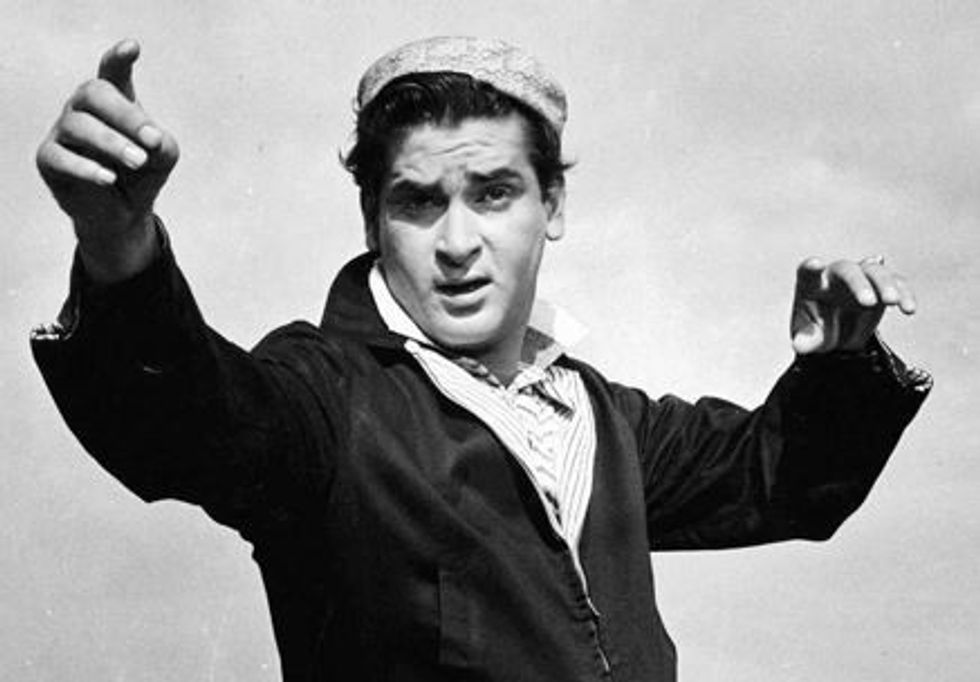
Singapore (1960): One of the first Bollywood films to be extensively shot outside India revolved around a young business tycoon going to Singapore to look for his missing estate manager. Along the way he encounters villains, a hidden mystery and unexpectedly finds love. The unique location and winning soundtrack added an extra layer to the cult classic.
Basant (1960): There have been a lot of Indian adaptations of Hollywood romantic road movie It Happened One Night (1934), including Chori Chori (1956) and Dil Hai Ke Manta Nahin (1991). This movie about a wealthy woman, who gets help from a stranger when she runs away, ranks up there with the best. The actor starred opposite Nutan in this hidden gem, which has unfairly been forgotten.
Junglee (1961): The actor’s career-defining movie saw him play a difficult man, devoid of love, who has his cold-heart melted by a free spirited woman and must stand up to his fearsome mother. The stunning songs in his first colour hit film included the terrific title track, which saw him deliver a high energy turn in snowcapped mountains and belt out his trademark ‘yahoo’.
Dil Tera Deewana (1962): The hit comedy revolves around an out of control wealthy young man (Kapoor), who is sent by his fed-up father to a strict retired army captain to learn discipline. He trades places with his friend (Mehmood) and while pretending to be poor, finds love, along with learning about real life. The winning soundtrack included the great title track.
Professor (1962): The musical romance saw the actor play an impoverished man, who must pretend to be an elderly professor to land a job. Along the way, he falls in love and becomes the object of desire of a fearsome elderly patriarch. The cool comedy combined romance, hilarious moments, great music and a beautiful setting.
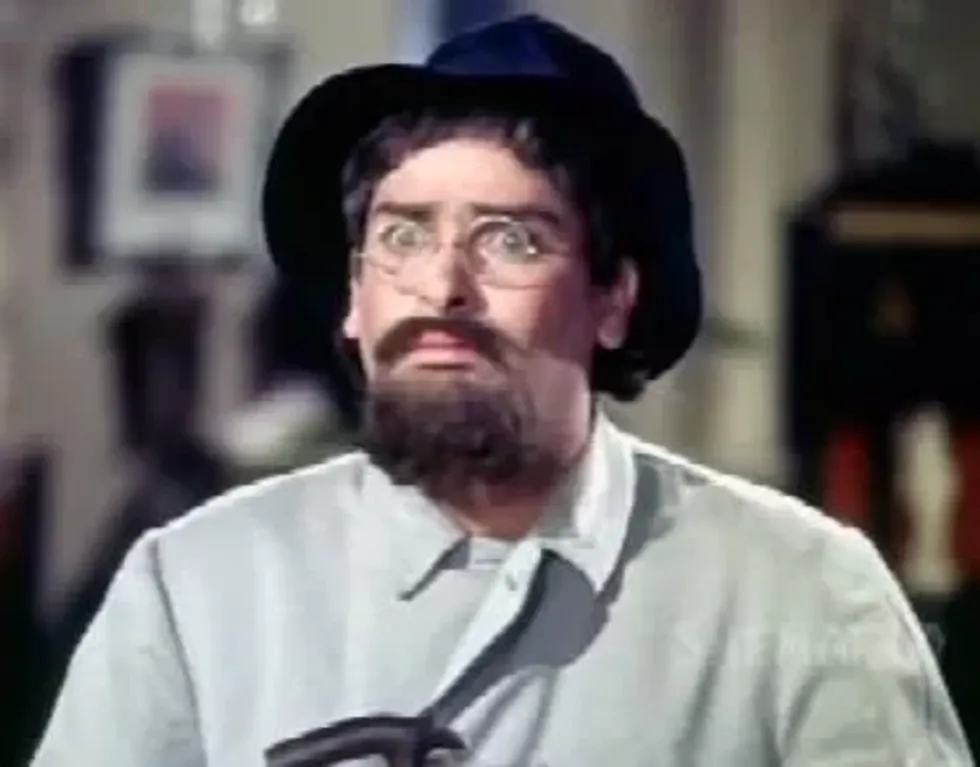
China Town (1962): Long before Amitabh Bachchan and Shah Rukh Khan played a double role in the Don movies, Shammi Kapoor did something similar. He played a comical looking singer, who is convinced to take on the identity of a lookalike suave gangster. The musical thriller, later remade in multiple languages, had great songs that included the all-time classic Baar Baar Dekho.
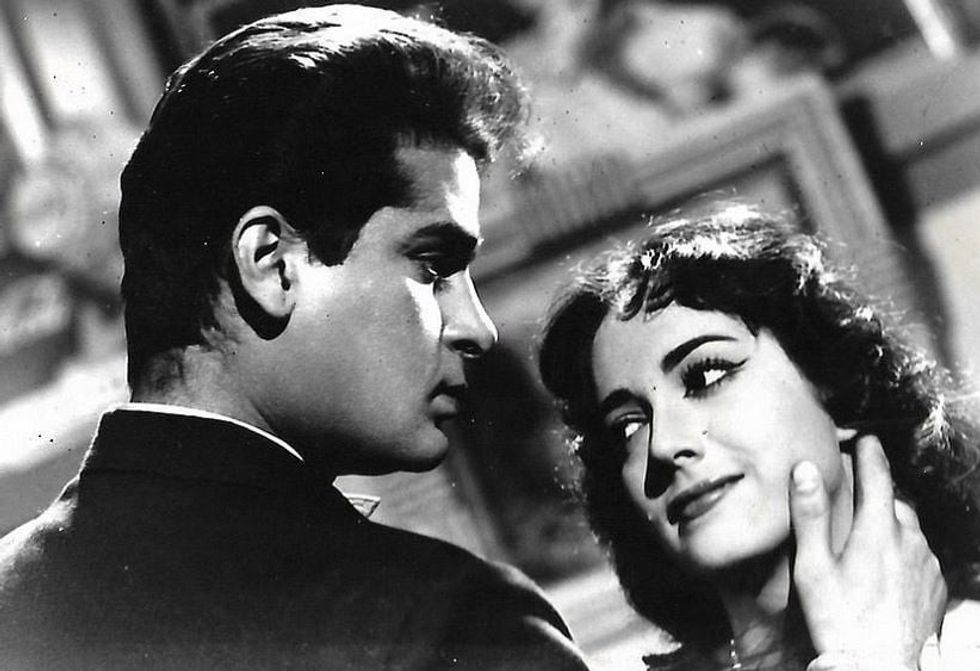
Rajkumar (1964): Kapoor starred opposite Sadhana in this box office success about a prince, who creates a dual identity for himself, including that of an ordinary man. The stylish looking film combined romance, court intrigue and an action element. Like his biggest hits, this movie’s entertainment value was significantly elevated by songs like Tumne Kisi Ki Jaan Ko Jate, Rang Badalti Duniya Mein, Tumne Pukara Aur Hum Chale Aaye, Aaja Aayi Bahar and Dilruba Dil Pe Tu.
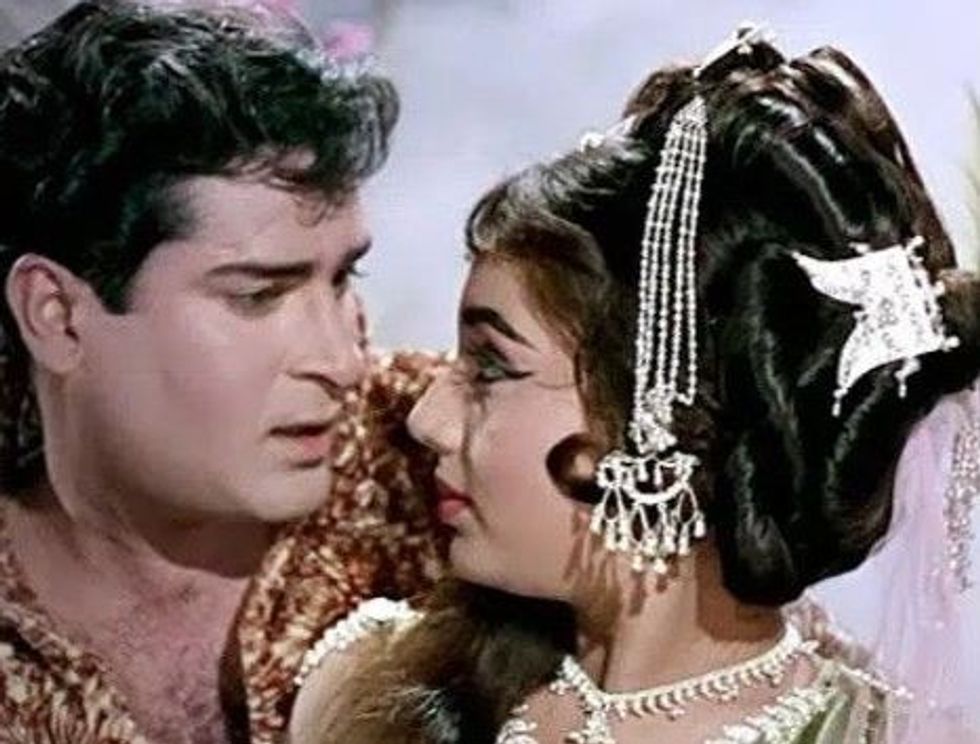
Kashmir Ki Kali (1964): Whether it was the stunning Kashmir location, good-looking lead pair, stylish clothes and wonderful cinematography, this musical romance was filled with beauty. The story of a wealthy man falling for a flower girl and finding complications marked the Hindi film debut of Sharmila Tagore. What really elevated the movie was the stunning soundtrack composed by OP Nayyar, which includes superb songs like Taarif Karoon Kya Uski, Isharon Isharon Mein and Deewana Hua Badal.
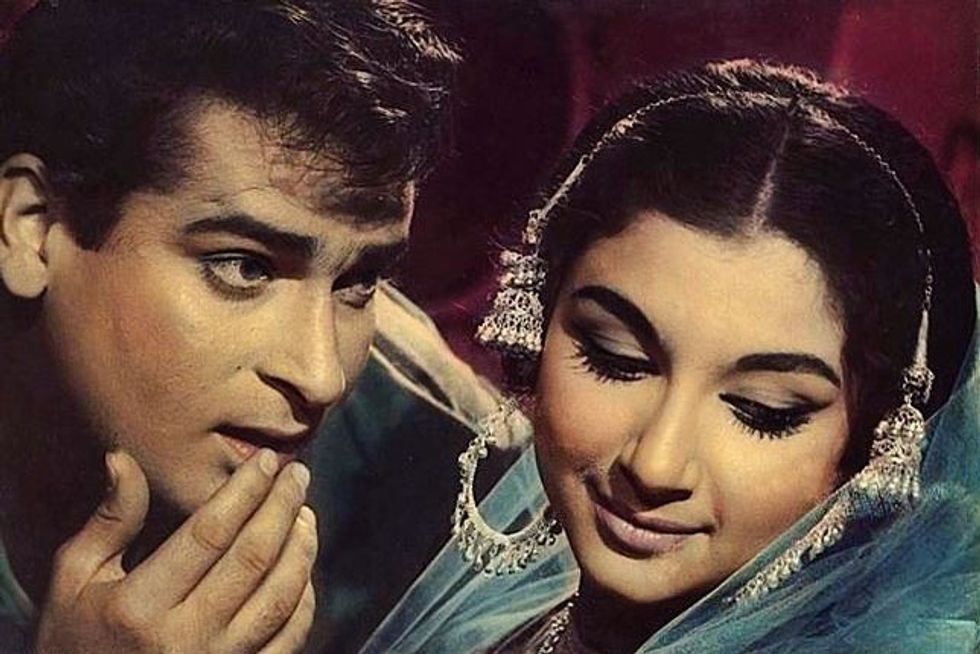
Janwar (1965): A wealthy man falls in love with a woman from a poor family during a trip for a tennis tournament and does all he can to woo her. He must later confront his disapproving father. He stars opposite Rajshree, in a film loaded with romance and unforgettable musical numbers like Tumse Achha Kaun Hai, Lal Chhadi Maidan Khadi and Meri Mohabbat.
Teesri Manzil (1966): The terrific thriller was a starmaking moment for legendary music director RD Burman and his songs from it remain popular almost 60 years later. Vijay Anand added mastery with his direction and camerawork in the story of a woman (Asha Parekh) trying to solve the death of her sister. Kapoor is the musician she wrongly suspects in the movie that combined music, romance and mystery.
An Evening in Paris (1967): The France-set romantic thriller reunited the actor with Sharmila Tagore. The eye-catching film combined a twist-laden story with a stunning soundtrack, scenic location and stylish lead stars. Shooting the movie extensively in France helped give Hindi cinema a more global feel. It had path-breaking moments like the beautifully shot Aasman Se Aaya Farishta song.
Brahmachari (1968): Elements of this movie undoubtedly inspired the protagonist in 1987 film Mr India. Kapoor plays a kind-hearted man who adopts orphans. He then tries to raise money by helping a woman (Rajshree), reclaim her lost love, but inadvertently falls for her. The film includes beautiful ballad Dil Ke Jharokhe Mein and dynamic dance number Aajkal Tere Mere Pyar Ke Charche, which Kapoor performs with Mumtaz magnificently.
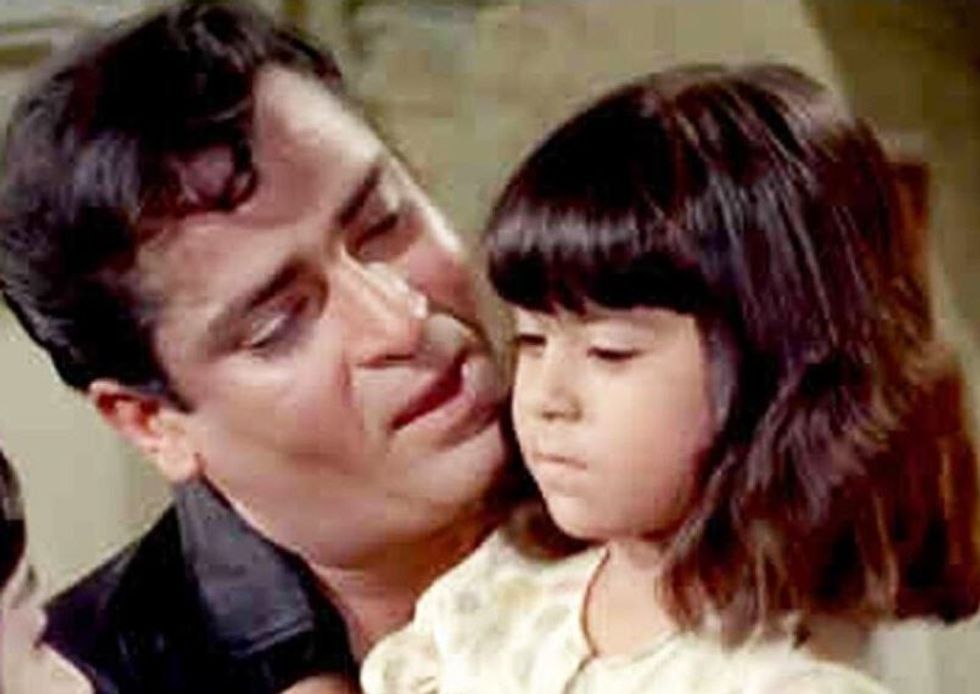
Prince (1969): A disillusioned, arrogant prince forsakes his wealth and finds peace after going to live a simple life. He is assumed to be dead and then mistaken as a lookalike for himself by corrupt officials. There is a sub-plot of him pretending to be the long lost son of a blind woman and a love story with a princess played by Vyjayanthimala. The film includes the song Muqabla Hum Se Na Karo, which united the three best dancers of the time with Kapoor, Vyjayanthimala and Helen.
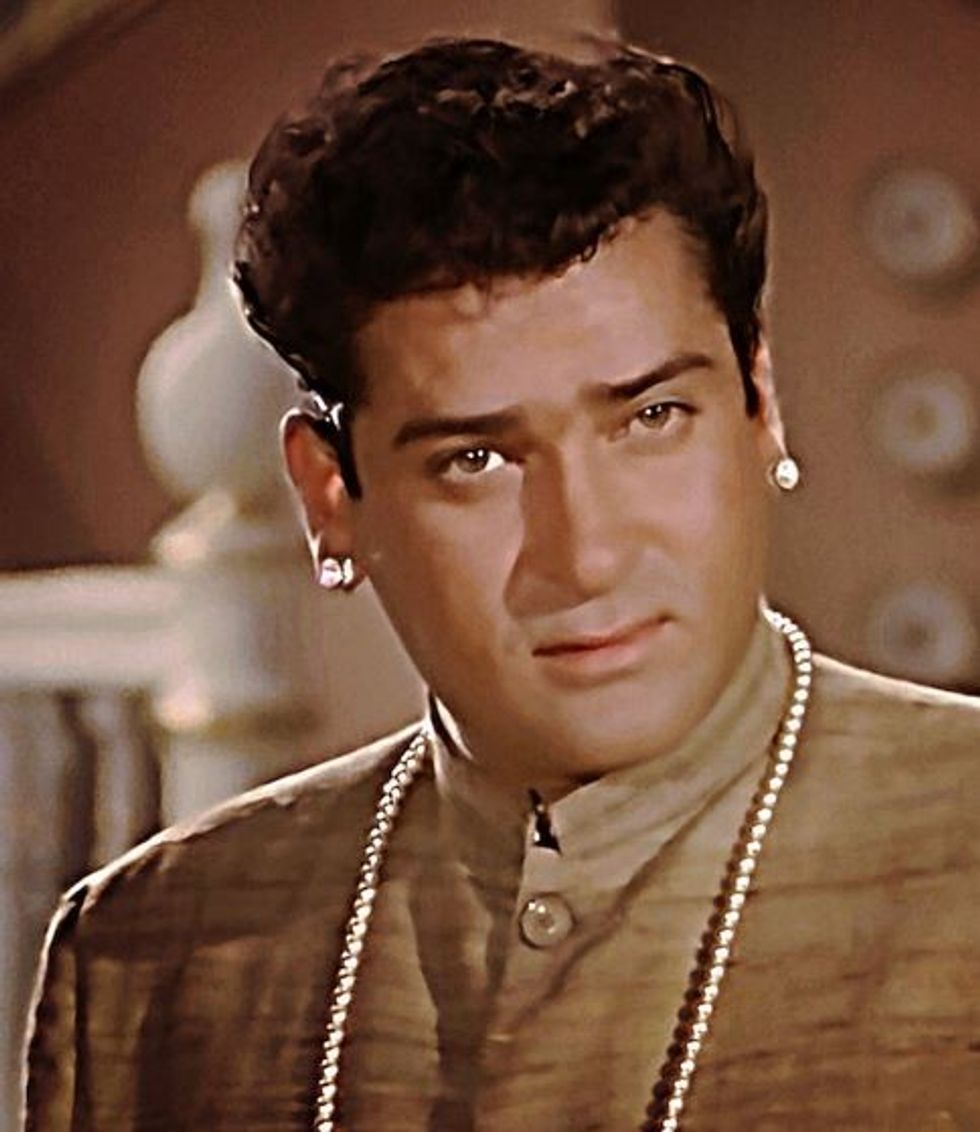
Pagla Kahin Ka (1970): The unique film, which didn’t nearly get the credit it deserved was way ahead of its time. The actor plays a musician, who takes on a murder rap to protect his best friend and fakes being mentally unwell. He is committed to an asylum, but later finds out hidden truths and loses his mind for real. He is helped by a kind doctor played by Asha Parekh. The film includes the unforgettable song Tum Mujhe Yun Bhula Na Paaoge.
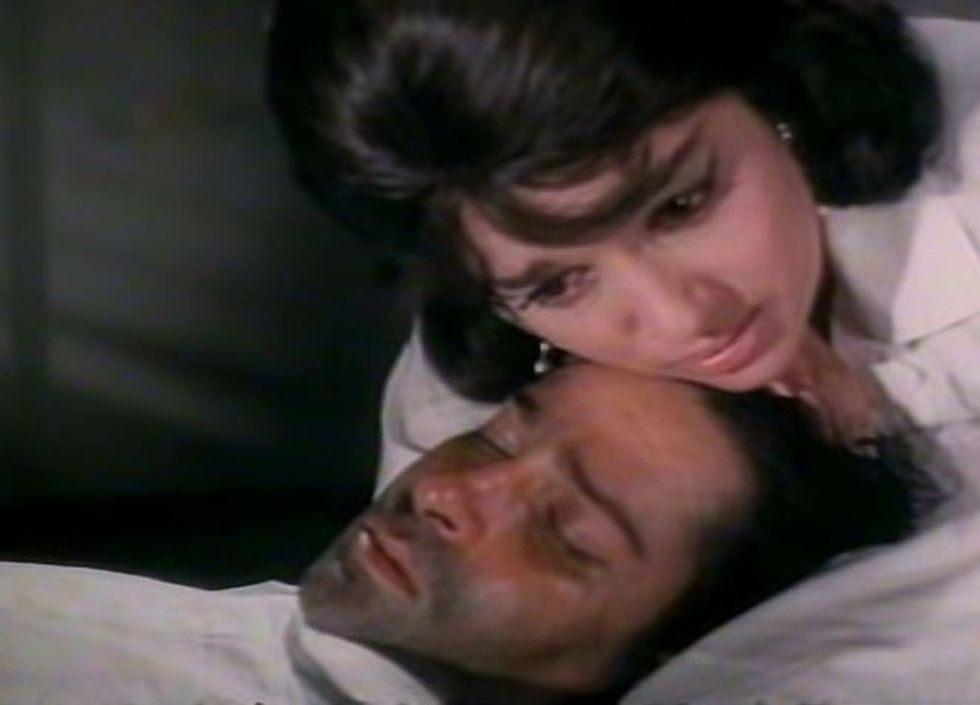
Andaz (1971): Although this movie is best remembered for the cameo by Rajesh Khanna performing the iconic song Zindagi Ek Safar Hai Suhana, Shammi Kapoor was very much the lead as a single parent who unexpectedly finds love with a widow (Hema Malini). The resounding hit rounded off a cool career as a leading man.
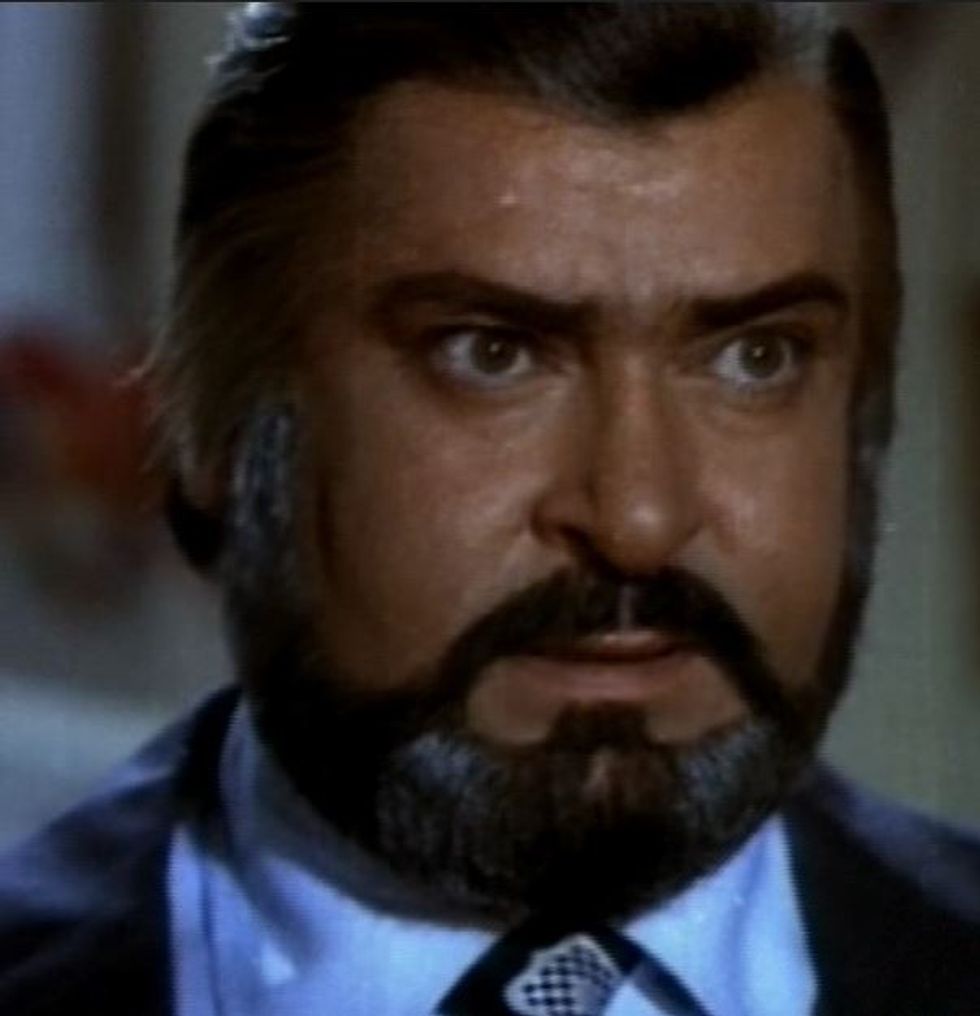
Parvarish (1977): Although the hit movie was headlined by superstar actors Amitabh Bachchan and Vinod Khanna, Shammi Kapoor got top billing and was the trigger point for the story. He plays a senior police officer, who adopts the son of a criminal. Years later, that son becomes an honest police officer, while his biological offspring turns into a criminal. It would become one of the biggest Diwali blockbusters of all time.
Prem Rog (1982): This was arguably the actor’s best movie and performance from the latter half of his career. He teamed up with his ace director brother Raj Kapoor for the first time in the iconic film. He portrays a powerful patriarch torn between family and old traditions. His real life nephew Rishi Kapoor played the lead role opposite Padmini Kolhapure in the story of a kind-hearted man trying to help a widow he loves rebuild her broken life. The film was ahead of its time and was a huge success. (In 1982 Kapoor also played a key role in the year’s biggest hit Vidhaata)
Hero (1983): The romantic action film, which turned newcomers Jackie Shroff and Meenakshi Seshadri into stars, saw the great legend as the story catalyst. He plays a fearless police officer, who has his daughter kidnapped by a villain and goes on a transformative journey with him. Like all his films, Kapoor showed star presence and great stature.
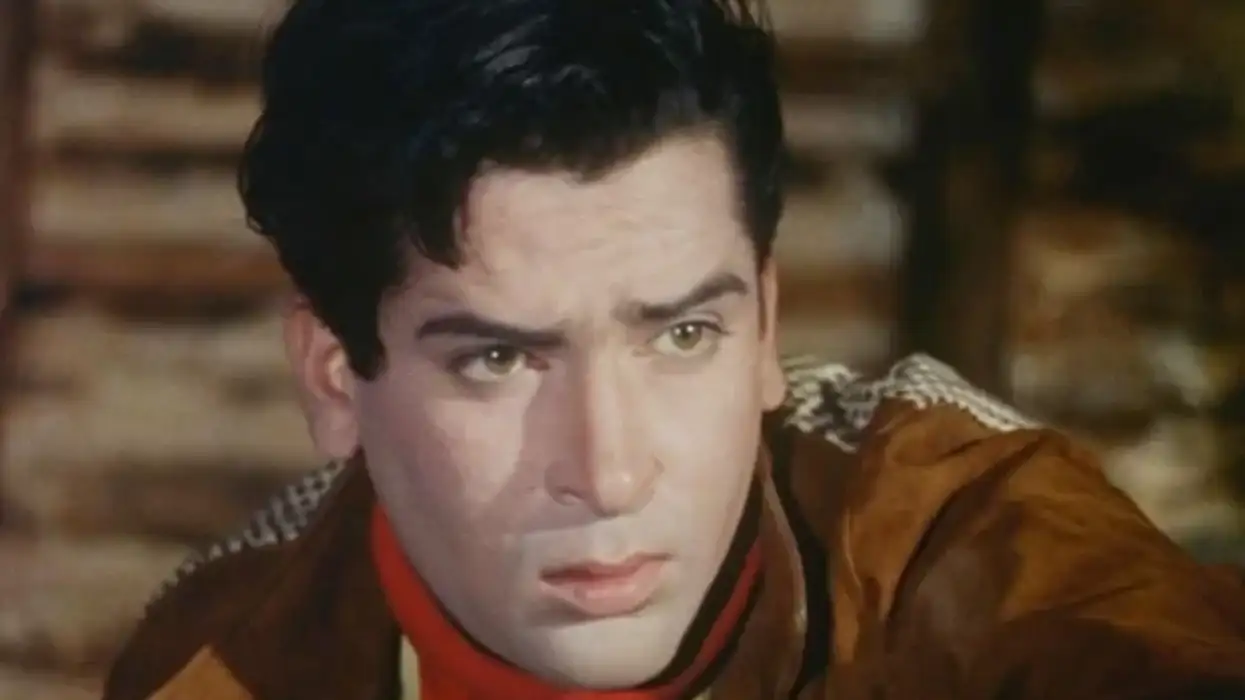
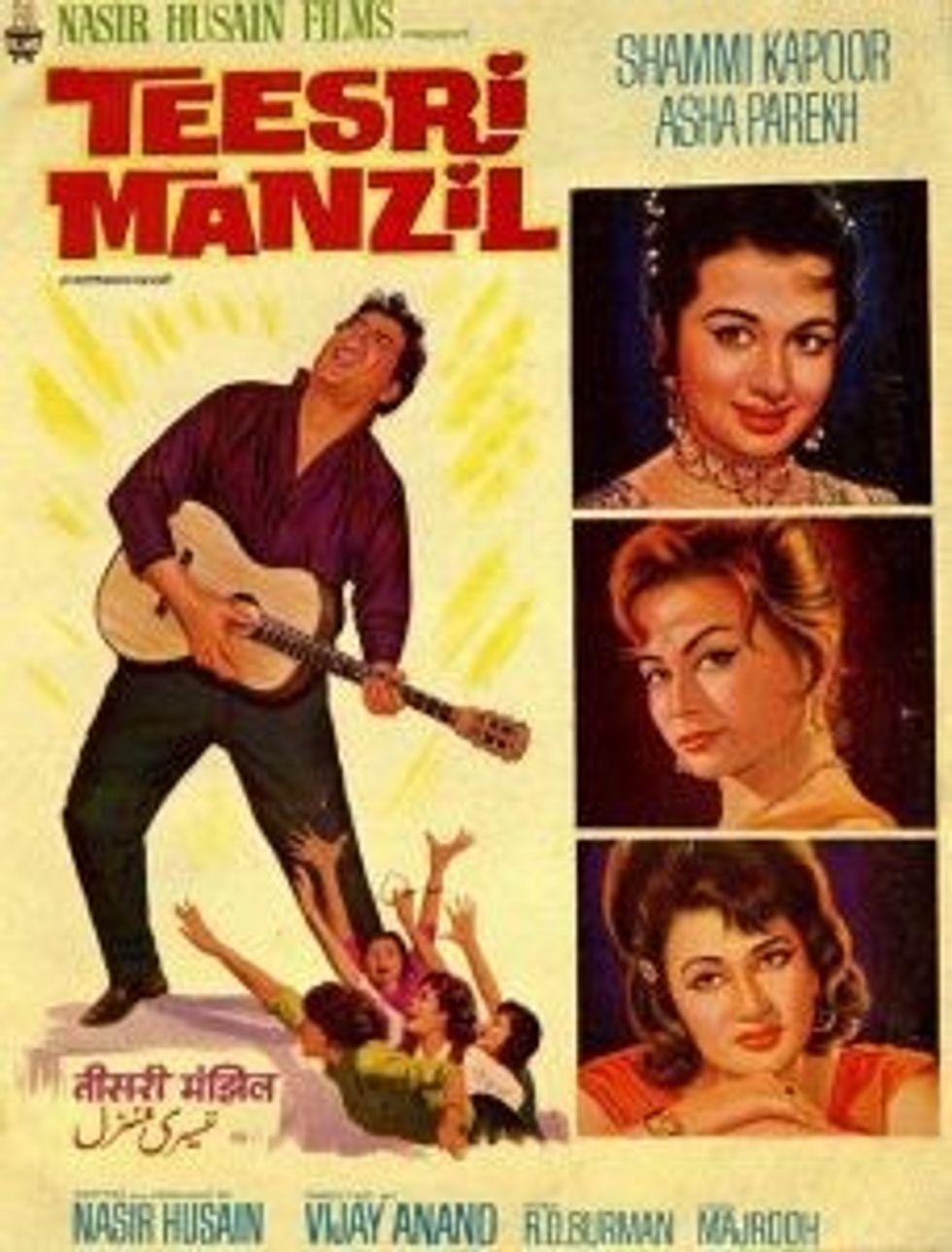




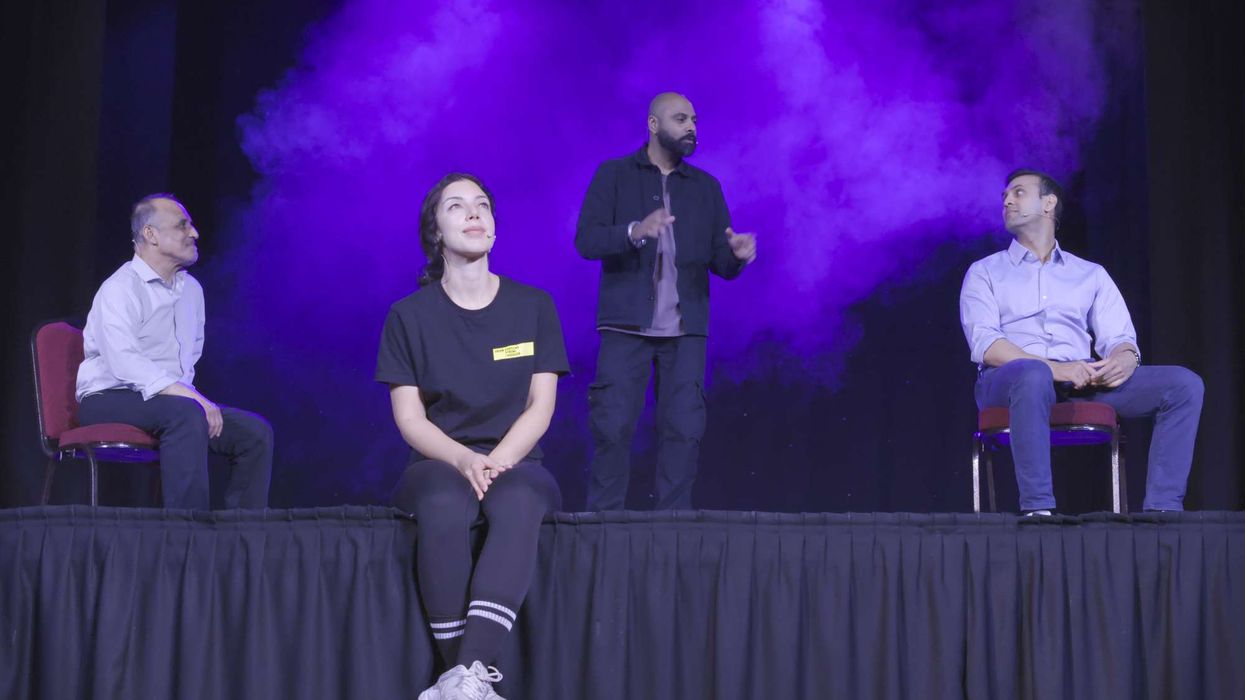
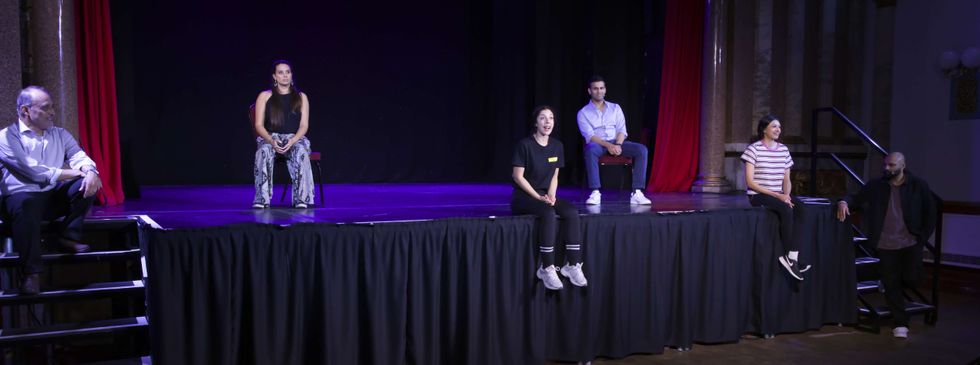 The play is written by Tarun Jasani and directed by Mukul AhmedMGT
The play is written by Tarun Jasani and directed by Mukul AhmedMGT






